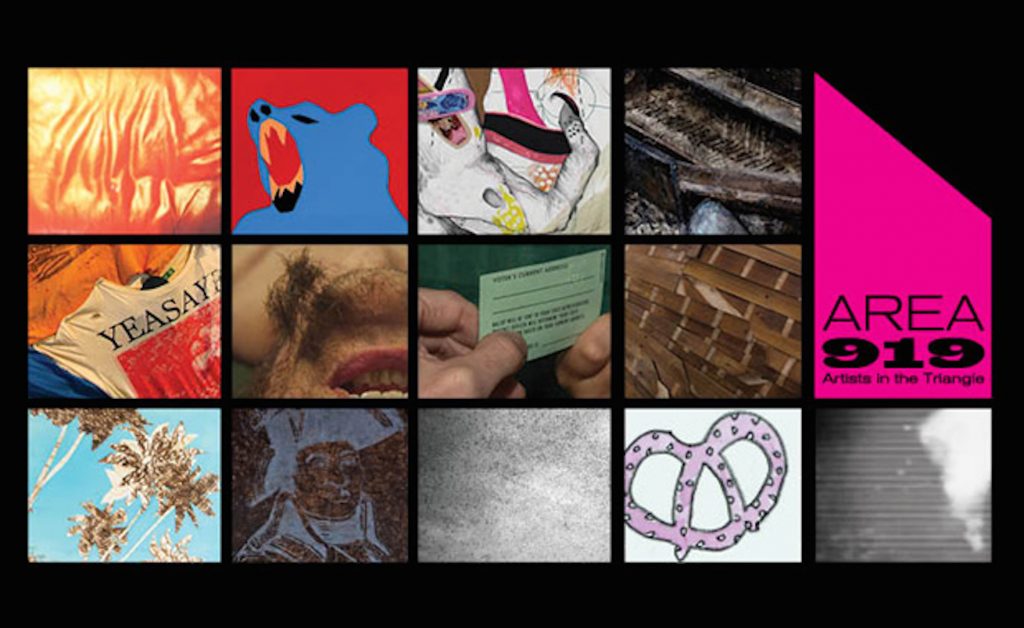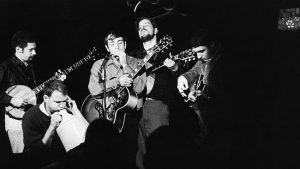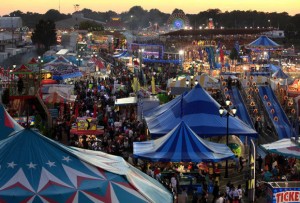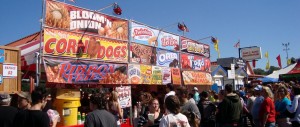I have a lot of love for my hometown, and a lot of that love originates, I think, in growing up attuned to the praises sung for it. The chorus of “it’s safe,” and “it’s lovely,” and “such good schools,” and “what a great place to grow up,” swells into a sweet song that compels me—dare I say evermore—back to it. Chapel Hill, like my home state’s prized dogwood, looks and feels benevolent; it is stately houses with sweeping porches that you pass en route downtown, but none so stately that you couldn’t ring the doorbell if lost. It is dewy grass cushioning bare feet in the springtime; it is progressive politics and well-educated folks, recuperating the South’s blemished history; it is a university that served, for me, as the paragon for what a university is, and how such an institution can live in its community.
The measures of my dissatisfaction from growing up in such a space don’t detract from its near-fictive qualities. The town’s praises that have buffered me are those that presume and promulgate its equal-footed geographies, its opportunities for all, its all-around good vibes.
Good vibes. “The sadness is inescapable,” a friend—a Duke student—recently wrote to me in an email. She and I were exchanging words about the murders in Chapel Hill last week. Writing “last week” reminds me that it was last week; the time since then has felt like a stalled short-circuit. The event feels more devastating with each new day, even as the tributes multiply in form and source: from the Triangle’s (and the nation’s, and the world’s) Muslim community, from the UNC School of Dentistry community, from local colleges and universities—and, importantly, from those unaffiliated with any of these spheres. As the stories of the “three winners” migrate, I imagine a supportive unaffiliated lot grows: a self-identified Christian from the Midwest contributes to Deah Barakat’s Syrian dental relief fund. Someone who identifies ambivalently as “from here”—from the piedmont, from North Carolina, from the South—says, “I’m here, with you.”
I’m having trouble placing myself. Last Tuesday evening, I was taking a nap less than five miles from the condominium complex where the murders took place. In conversation, I insist on this geography, on this shared space, but often the throughline stops there. I’m folded back into shock, alienated from my own grief, and in turn from the grief of others. My conversations about the tragedy differ markedly, even hostilely, from the official words issued about the origins of the violence: a turf war, a “dispute” over parking spaces. Such language could, in another context, be laughed away as an idiosyncracy of Chapel Hill’s peaceful neighborhoods, the sort of everyday messiness excused by the sense that we’re all buying into the same ethos of place.
But, now: to what extent are we willing to wage this peace, to claim this as idiosyncracy? What are the grounds on which a community constitutes itself? Can a community constitute itself through its own excavation?
The point of my writing this is not to remain at the level of think-piece mental gymnastics; it is not solely to amplify the discordance between a supposedly tolerant small town and an act of unfathomable violence that its residents initiated and continue to suffer from. This is a popular framing of this recent violence, as is its reaction of disbelief. Duke doctoral student Cynthia R. Greenlee—who, like me, has called the communities of both Chapel Hill and Durham home— wrote about this reaction last week in the American Prospect. What this tragedy requires us to do is wrest our own power and our own histories from the big-picture narrative swirl. It requires us to connect the dots, which means insisting on our shared geography. A dispute about space does not, and cannot, arise from the ether; its roots are in the asphalt, the air, the dewy grass we share. The towns—Chapel Hill, Durham, or elsewhere—in which we live and the communities we want to welcome us. As Greenlee writes,
Fights over space—whether in subways or suburban neighborhoods—are more often contests about privilege: Who gets to be in this space? Who dictates the use and control of the space? And what happens when people who aren’t like some pre-determined and overdetermined notion of what constitutes “us” gets in our space?
I ask again: Can a community constitute itself through its own excavation? Can the collective sorrow re-orient our relationship to the spaces we share, to the spaces claimed as home? Charlotte Fryar, a friend of mine and a doctoral student at UNC wrote, in charting a history of murder in Chapel Hill, that “placelessness can be an action.” Only, it seems, if we recognize the danger of placelessness—and the ways we’re complicit in its creation.








